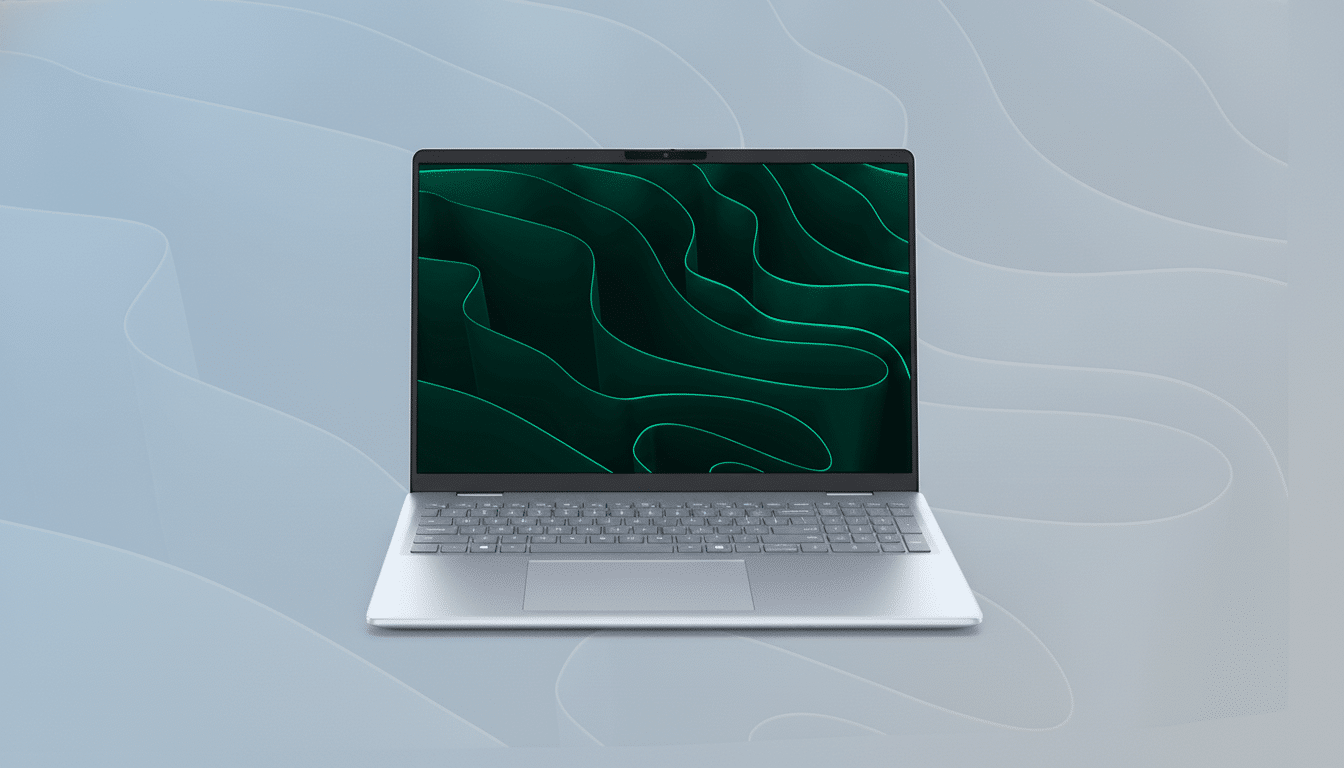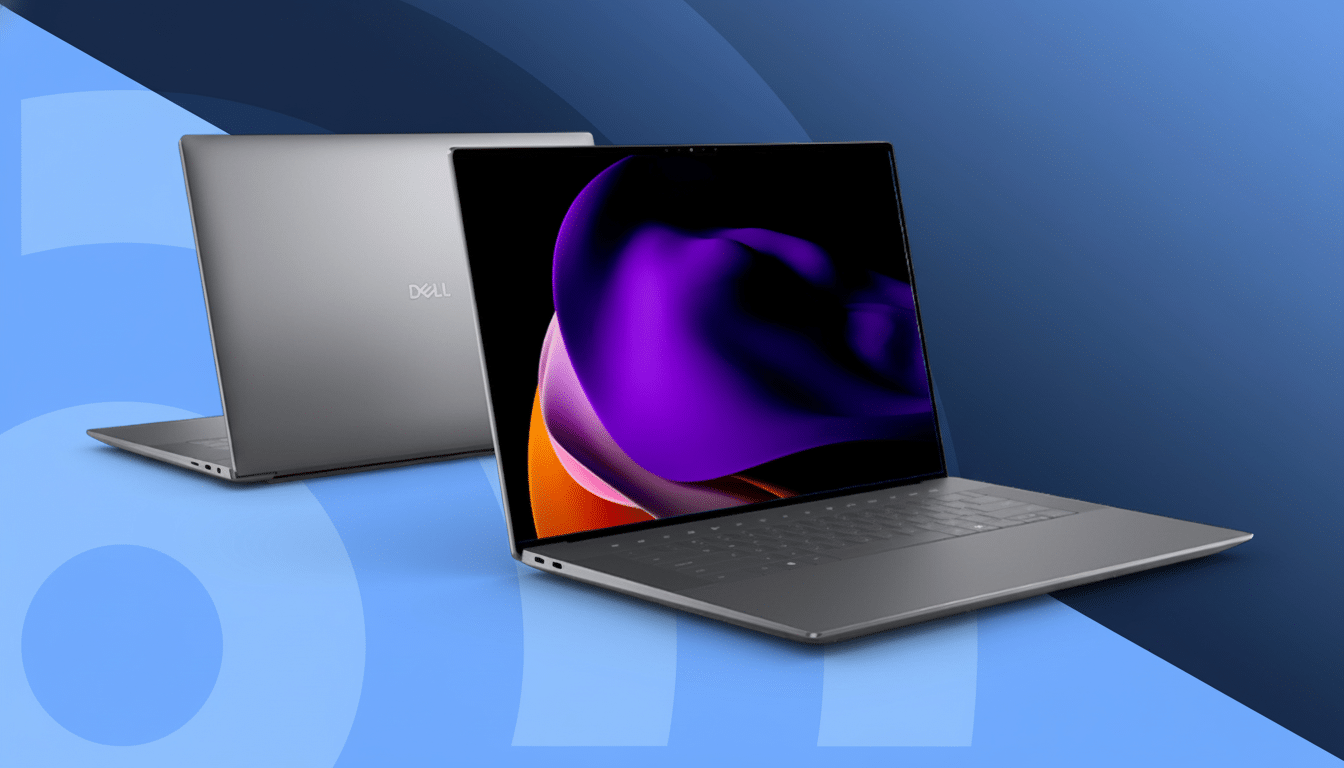It is closing in on that time when the final Prime Day deals will be stripped off the virtual shelves, and Dell hardware is among the smartest ones remaining. Whether you’ve been holding out for a price break on an everyday laptop or creator-ready OLED monitor, or the gaming beast of your dreams from Alienware, this cycle’s discounts are some of the most promising we’ve seen come through the season. Third-party trackers consistently reveal double-digit percentage discounts on electronics during Prime events, and when over 200 million Prime members are vying for limited stock, the best options seldom stick around.
Where The Value Is (And Isn’t) In Dell Laptops
Dell’s lineup neatly breaks into mobility and muscle. For the mainstream, Inspiron 15 and 16 machines with AMD Ryzen or Intel Core Ultra chips are seeing aggressive pricing—often shipping with a combo of 16GB of RAM and 512GB and even up to 1TB SSDs (which is precisely the floor you want for low-fat Windows performance and zippy app launches). Search for 120Hz panels on more recent Inspiron configs; you’ll instantly feel the difference moving up from 60Hz when scrolling, viewing video and casual gaming.

At the high end, XPS models are still the gold standard for fit and finish. The latest 13- and 14-inch models fall into the middle, offering a balance of all-day battery life with powerful integrated graphics for some scenarios, and some configurations feature high-res touch displays that peak up to 500 nits. But if a stripped model that has 16GB of RAM and a 1TB SSD is on deep discount, those are usually the sweet spot for a travel-ready powerhouse without overpaying for capacity you’re unlikely to fill.
Gamers can lock on to the value-packed G-series and zero in on Alienware’s X or M lines for maximum frame rates. An RTX 4060 laptop GPU is a great mainstream target for 1440p esports at high refresh, with an RTX 4070 setting you up to tackle AAA games with ray tracing more comfortably. Watch for displays that are rated 240Hz (or more) with Advanced Optimus or Dynamic Display Switching—those will decrease latency and also keep from torching your battery when you’re away from the charger.
Alienware Performance Without The Premium Bite
Alienware laptops such as the X16 or M16 tend to see some of the sexiest Prime Day price reductions, since they start out with top-end silicon—picture something like an Intel Core Ultra 9 and RTX 4080-class graphics. In real-world terms, that means three-digit frame rates at QHD in competitive titles and enough performance overhead to be able to turn on ray tracing with upscaling in the cinematic releases. Sound systems are punchier than a typical thin-and-light and keyboards crisp with per-key lighting, while thermals are tuned for sustained loads instead of short benchmark bursts.
If you’re on the fence about whether a discount is legitimate, keep in mind that gaming laptops have larger swings than ultrabooks. Prime-branded event retail data we’re used to seeing is 15% to 25% off high-end configs, and the first thing to sell out are bundles with extra storage (1TB or more) and 16GB to 32GB RAM. Make sure you’ve got dual-channel memory and a PCIe 4.0 SSD; these both contribute significantly to in-game consistency and load times.
Desktops and All-in-Ones for Home Offices
For productivity, Dell’s Vostro and XPS towers are solid workhorses. A recent-generation Intel Core i5 or i7, along with 16GB of RAM and a 1TB solid-state drive, will clobber office workflows, browser-tab jungles and light creative tasks. Lots of Prime Day configs pack 32GB RAM for oddly low premiums—great future-proofing if you’re juggling large spreadsheets or virtual meetings alongside photo edits.
All-in-one machines help streamline family setups with less cords and smaller footprints. As a rule of thumb, something like the 27-inch model with an Intel Core 5 or Core 7 processor, 16GB of RAM and at least a 512GB SSD will give you plenty to work with. The built-in webcams should have privacy shutters, and there should be USB-C ports on the front. One advantage here is coverage by Dell; one warranty for everything is one less headache than mixed-and-matched components being shipped to you.
Dell Monitors That Punch Above Their Price
For the budget-minded upgrader, Dell’s S-series offers FHD and QHD displays with faster-than-basic 100Hz refresh rates and optional TÜV Rheinland eye comfort certification for less fatigue during marathon gaming sessions. If you want a desk hub, move up to the P and U series: USB-C with 90 watts or greater power delivery can charge a laptop; built-in hubs add Ethernet, extra USB-A ports and DisplayPort for daisy-chaining. That single-cable setup cuts clutter and reduces reliance on docks.

But while there are some good Alienware OLED deals for gamers and creators, pay special attention to the curved ultrawide options. QD-OLED panels promise nearly infinite contrast, instant pixel response and wide color coverage that can approach or exceed 99% DCI-P3. Some models are also certified by Nvidia to deliver easy-to-use support for its adaptive sync. On-screen, Dell’s OLED calling card—a great big display that actually has more in common with a voltaic panel than an LED monitor—can be seen from miles away, and its feature set is noticeably on the healthy side; the better to alleviate burn-in anxiety should anyone leave any kind of static UI elements live for too long!
How To Be Sure A Deal Really Is Great On Prime Day
Before you buy, check historical pricing with a reliable price tracker; deep strikethroughs aren’t always the lowest-ever prices. Look at the Amazon config versus the same SKU on the manufacturer site to validate component parity—panel resolution and refresh rate, memory channels, SSD generations are commonly used to differentiate.
For laptops, shoot for a minimum of 16GB and make sure it is dual-channel; on the desktop side, if you are doing an equivalent amount of creative-app multitasking, then aim for 32GB. For monitors, check panel type (IPS vs. OLED vs. VA), refresh rate and whether USB-C has power delivery. Check warranty terms and who the seller is; “Ships from and sold by Amazon” or the official brand store typically makes for easier returns and support. That, and Dell is usually in the top three of manufacturers worldwide (in terms of PCs shipped), so parts availability and service are good.
Quick Picks: Dell Deals By Common Use Cases Today
Students and commuters: The Inspiron 14 or 16 with a Ryzen 7 or Intel Core Ultra, plus 16GB RAM and a 512GB SSD, provides excellent equilibrium. A 120Hz display ups the everyday fluidity, and with USB-C charging you can lug a single, small power brick for several of your devices.
Creators and hybrid workers: An XPS 15 or 16 with a high-gamut display, 1TB SSD and optional discrete graphics pushes photography and video tasks to the limit. Combine it with the Dell U-series USB-C monitor for ultimate screen real estate, color accuracy and a one-cable solution for all your devices.
They include:
- For gamers – The value/performance leaders in Prime markdowns continue to be Alienware M16 or X16 systems with RTX 4070 or higher
Or if you’re in the market for a monitor, an Alienware OLED ultrawide with adaptive sync and 165Hz–240Hz refresh rate is a full step change of responsiveness and immersiveness.
Bottom line: The Dell and Alienware deals that remain on Prime Day meld unusual component combinations with meaningful discounts not often seen outside dedicated shopping holidays. If you see a config that hits your spec targets—modern CPU, 16GB or more of RAM, fast storage and a quality panel—it’s worth moving on now before stock flushes out and prices bounce back.

